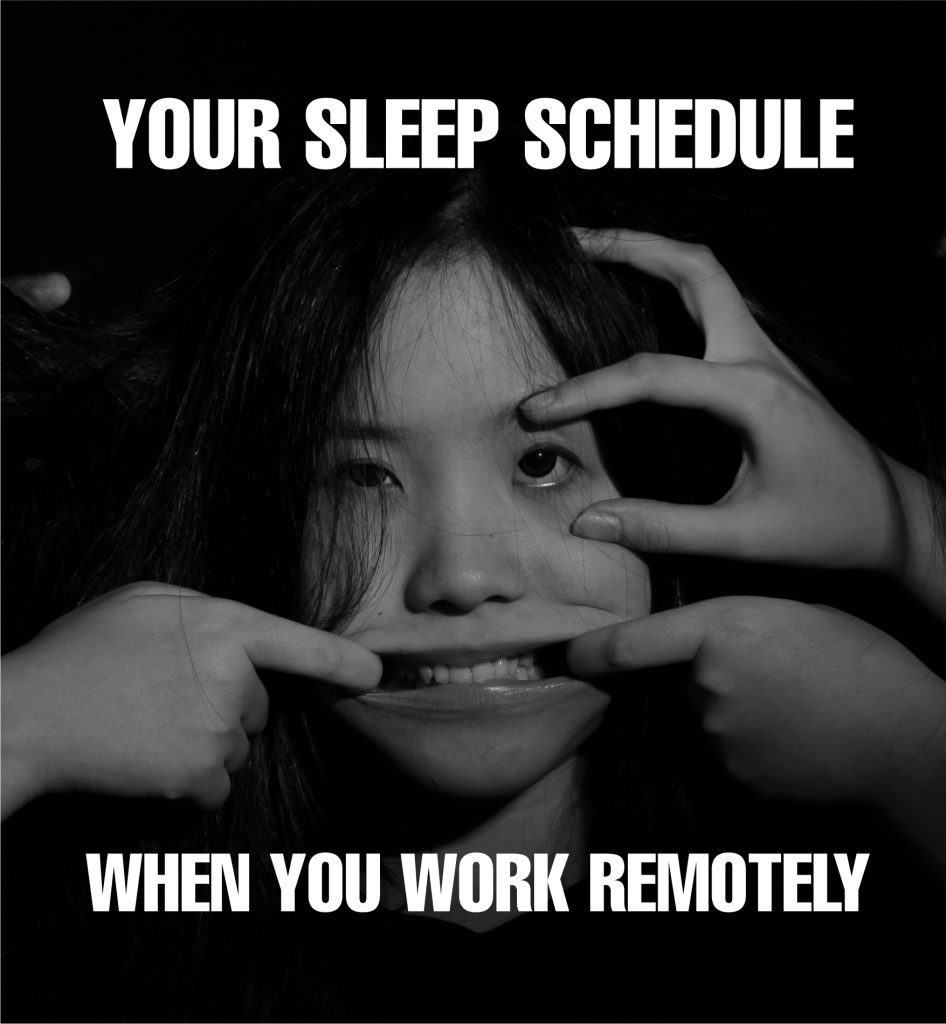There are several tools for effective time management. They are based on the principle of "write everything down", because we can enjoy a lot of benefits!
If we write down or define something in writing, it helps us to track it. Plans, thoughts, or lists that we only keep in mind, can quickly be lost or require a lot of energy if we don’t want to forget them!
For this reason, written plans and schedules can provide some relief to our memory. The described schedule makes us aware of where we are heading and at the same time helps us to focus.
Furthermore, with the principle of note-taking, we can easily control things and make long-term documentation possible.
To make or not to make a schedule?
Making a schedule for our daily activities helps us:
- in getting a realistic picture of what to do.
- prioritize.
- estimate the time needed.
- free our minds and thoughts.
- say NO if you are asked to take on some urgent extra task.




